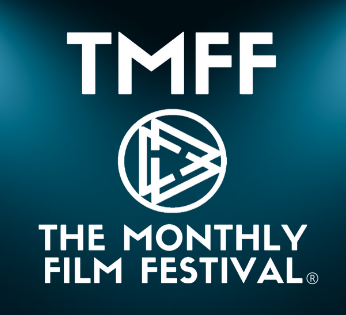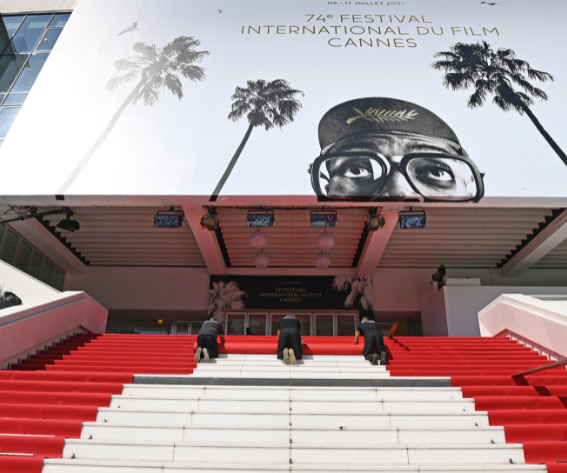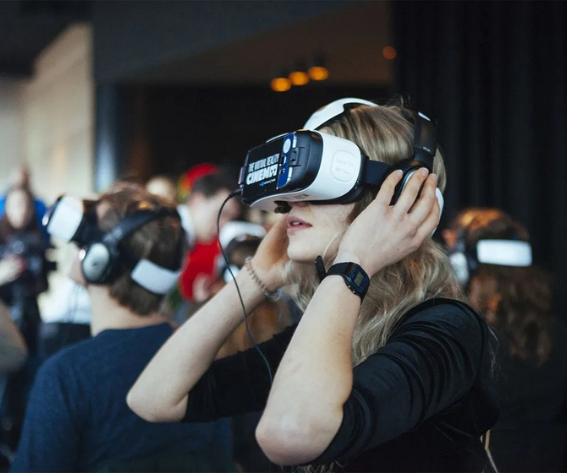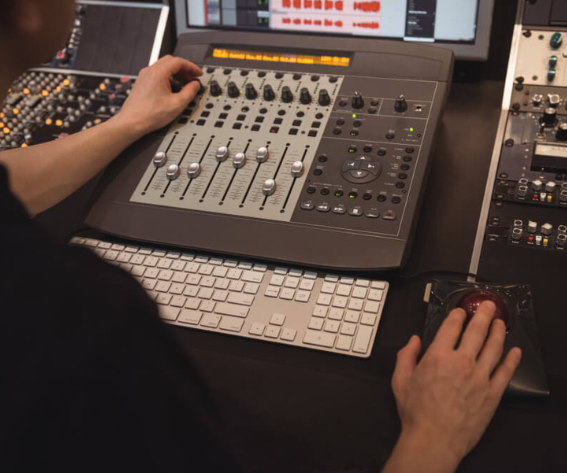Film festivals are flooded with talent. Scripts are tight, actors are trained, and everyone is aiming for that standing ovation. But between a great idea and a great festival run is a massive variable: how it looks and sounds. Indie filmmakers know their stories matter—but it’s often the production quality that decides whether they stand out or fade into the background.
That’s where local video crews come in—especially in cities like Cleveland. What might look like an unlikely filmmaking hub is becoming a secret weapon for indie creators chasing global recognition.
In fact, working with a professional video production company often marks the difference between a promising short and one that actually earns awards. It’s not about flashy budgets—it’s about polish, presence, and professionals who know how to build a visual identity from the ground up.
Let’s break down how Cleveland’s video crews—like the ones at Awing Visuals—are making indie films look, sound, and feel like festival winners.
Shooting for More Than Just Coverage
A tight script is only half the job. The rest? That’s where the camera does the talking. But too often, indie directors end up rushing through wide shots and oversimplifying coverage just to keep things moving. Local video crews help shift that dynamic.
Teams like Awing Visuals bring more than gear—they bring perspective. When you work with a seasoned crew, you’re not just capturing scenes; you’re building mood, tension, and tone. They think in frames, not just takes.
Why that matters:
- Storytelling through composition: Professional cinematographers know how to use lens choice, camera movement, and lighting to create emotion before a single line is spoken.
- Pacing the visual flow: Good crews help directors make smart choices about scene rhythm—when to hold a shot, when to move the camera, and when to cut.
- Efficiency without compromise: Seasoned crews make your set days faster and more visually rich.
Even with limited locations or schedules, a focused production team can help transform your script into cinema.
Lighting That Doesn’t Scream “Low Budget”
Lighting is one of those things you don’t notice—until it’s bad. Unfortunately, harsh shadows and blown-out windows still plague plenty of indie films. But there’s a difference between having lights and knowing how to use them.
Local Cleveland crews come equipped not just with fixtures, but with the skill to use lighting as a storytelling tool. From naturalistic setups that mimic sunlight to moody gels that turn a warehouse into a nightclub, great lighting enhances narrative clarity and vibe.
Quick upgrades that make a huge difference:
- Diffusion and bounce to soften faces and reduce harsh contrast.
- Color temperature matching for continuity and realism.
- Practical lighting use, which makes sets look cinematic and intentional.
When a crew understands how to blend beauty and believability, your film stops looking like a project—and starts looking like an experience.
The Sound That Sells It
Let’s be real: if your sound is bad, your film is dead. Viewers might forgive the occasional shaky cam or imperfect lighting. But unclear dialogue or tinny audio? That’s a fast track to rejection.
Luckily, Cleveland’s production teams are catching on: sound is half the movie. Boom operators, mixers, and post-audio engineers are no longer a luxury. They’re essential. And you can find them without heading to the coasts.
A professional video production crew brings:
- On-set audio specialists who catch issues live.
- Multi-track recording setups that allow clean dialogue separation.
- Post-production sound design to enhance environments, tension, and realism.
Whether it’s a quiet kitchen argument or a full-blown rooftop chase, good sound design puts the audience inside the scene instead of just watching it.
Editing That Feels Invisible (But Isn’t)
Editing is more than cuts and transitions—it’s pacing, tone, and emotional payoff. And while many indie filmmakers take on editing themselves, a pro editor can spot the subtle beats you didn’t know were missing.
Cleveland-based post teams are stepping up here, too. With access to high-end software and sharp storytelling instincts, local editors are helping directors find the real movie hidden inside their footage.
They can help with:
- Rhythmic tightening to avoid draggy sequences.
- Montage construction to condense time while amplifying emotion.
- Creative problem-solving for missing shots or continuity issues.
A festival audience might not notice how well your film is edited. But they’ll absolutely notice when it’s not.
Festival-Ready Color and Grade
Color correction and grading are often pushed to the back burner in indie budgets—but they’re what makes your film pop. A flat image doesn’t just look unfinished—it feels emotionally hollow.
Good color grading pulls visual threads together:
- Skin tones stay consistent.
- Blacks are true, not grey.
- Warmth, tension, or dreaminess can all be dialed in with a grade.
Production companies like Awing Visuals often offer color correction and grading as part of post packages, ensuring your final piece doesn’t just look good for indie—it looks good, period.
Why Cleveland Is (Quietly) an Indie Powerhouse
You might not see it on the headlines, but Cleveland is becoming a reliable outpost for creative film professionals. The city blends affordability with artistry—ideal for directors trying to do more with less.
Here’s what makes Cleveland’s film scene stand out:
- Access to pro-level talent without L.A. rates.
- A mix of urban and natural locations for flexible shooting.
- A strong support network of post houses, gear rental, and freelancers.
Plus, there’s something to be said for a crew that’s hungry. Cleveland creatives don’t just punch the clock—they care about helping your film reach its full potential.
What Indie Directors Gain from Going Local
It’s tempting to think big cities hold all the keys to great filmmaking. But often, the most committed crews and best value are found in smaller markets.
Working with a team like Awing Visuals means:
- Direct collaboration without layers of red tape.
- Solutions instead of workarounds—from pre-production through post.
- Visual storytelling support from people who know their craft and their city.
And let’s not forget the biggest bonus: being able to reinvest your budget into things that matter, like better locations, props, or even more shoot days.
From Film Set to Festival Screen
So what happens when an indie film gets the benefit of professional video production? Here’s the typical transformation:
- Looks sharper, more polished, more intentional.
- Feels tighter and better paced in the edit.
- Sounds immersive, pulling audiences into the story.
- Stands out at screenings, catching jurors’ attention fast.
- Builds credibility with agents, distributors, and critics.
Whether you’re heading to a regional fest or aiming for Cannes, how your film presents matters. And that presentation starts on set—with a team that knows how to build toward the finish line.
Final Frame: Don’t Sleep on Your Crew
It’s easy to focus on casting, script polish, and location scouting. But at some point, the difference between “almost” and “acclaimed” lies in what your crew can do with what you give them.
If you’re serious about putting your indie film on the map, it’s worth working with a crew that’s just as serious—one that can take your raw vision and shape it into something festival-worthy.
You don’t need a studio lot or a celebrity producer. But you do need a sharp camera team, clean sound, thoughtful edits, and color that carries emotion.
Cleveland’s creative community is proving that with the right crew, any story can be told beautifully. Even yours.









Leave a reply